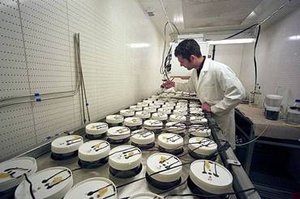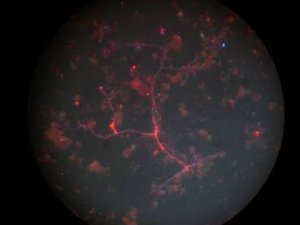WP2
Soil Functioning and Ecosystem Services
WP leader: Jack Faber (Alterra, part of Wageningen UR) jack.faber@wur.nl, www.alterra.wur.nl
Objectives
- Examine the relationship between soil biodiversity and the delivery of key ecosystem services, covering soil structure maintenance, soil water regulation, carbon sequestration, nitrogen retention, the regulation of plant diversity and productivity, and the suppression of native and exotic pests and diseases;
- Quantify soil ecosystem processes that produce soil ecosystem services, soil functioning will be studied in relation to human-induced variations in environmental conditions.
Description of work
Soil biodiversity is the source for production of functions and ecosystem services of soils. Although there is considerable knowledge on the relationship between soil biodiversity and ecosystem functioning, we lack quantitative knowledge on how these interactions vary under environmental conditions.
The core issue of WP2 is to gain quantitative insight in the relationship between soil biodiversity and ecosystem services in the context of land use change. In Europe, land use is subject to major changes, varying from intensification in agricultural and forestry production, and urbanisation, to extensification due to land abandonment, habitat protection, and restoration. These changes can substantially impact supporting, regulating and provisioning ecosystem services, and tradeoffs between.
WP2 will address soil threats impacting soil functioning through effects on soil biota. Focus will be on the most relevant combinations of ecosystem services and soil threats, covering biogeochemical and biogeophysical regulation, as well as aboveground-belowground biodiversity interactions. This will provide results that will feed into indicator development (WP4) and economic valuation (WP5).

Earthworm introductions impacting soil structure, as seen from the air in infra-red
Approach
Experiments will be designed to quantify links between diversity and soil functioning (relationships between biodiversity loss and loss of soil functioning, diversity in species and species traits, key species, functional responses related to biomass and population density, etc.). This will be combined with field studies at long-term ecological research sites to assess the link between biodiversity loss and ecosystem dysfunction at sites impacted by environmental and human-induced perturbations, and recovery. We compare management regimes for arable soils, abandoned land and grassland succession.
The work is targeted on ecoregions across Europe and the most relevant associated ecosystem services and threats.

Soil respiration measurement in microcosm set-up
Hypotheses
Our general scientific hypotheses are:
- Soil biodiversity buffers the response of ecosystem processes to human-induced changes in land use and landscape configuration due to enhanced resistance and resilience.
- Functional dissimilarity of species or genes is correlated (although not necessarily linearly) with the number of ecosystem functions and associated ecosystem services.
- A specific minimum diversity is necessary to maintain soil processes and associated ecosystem services.

Active fungal mycelium